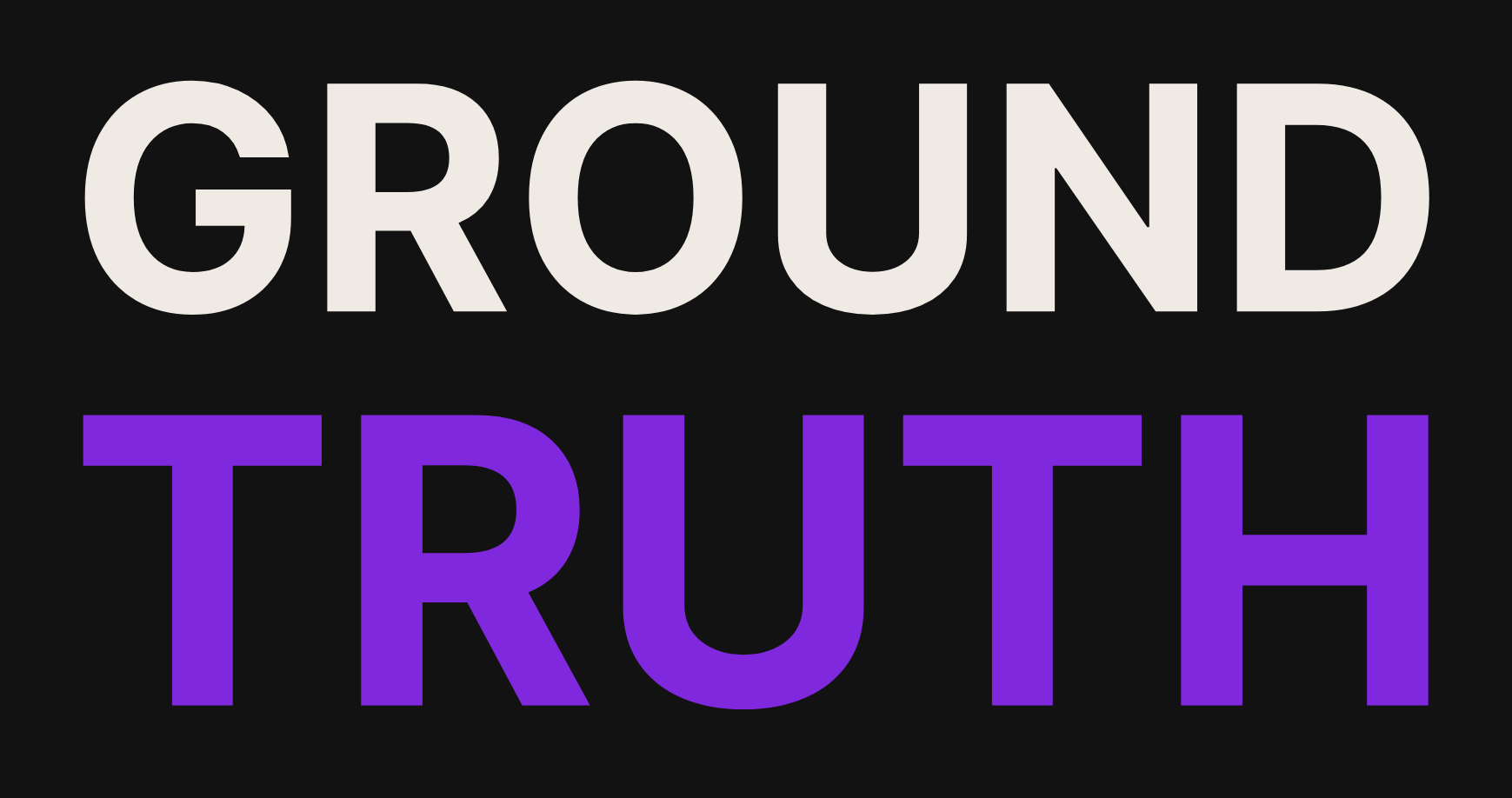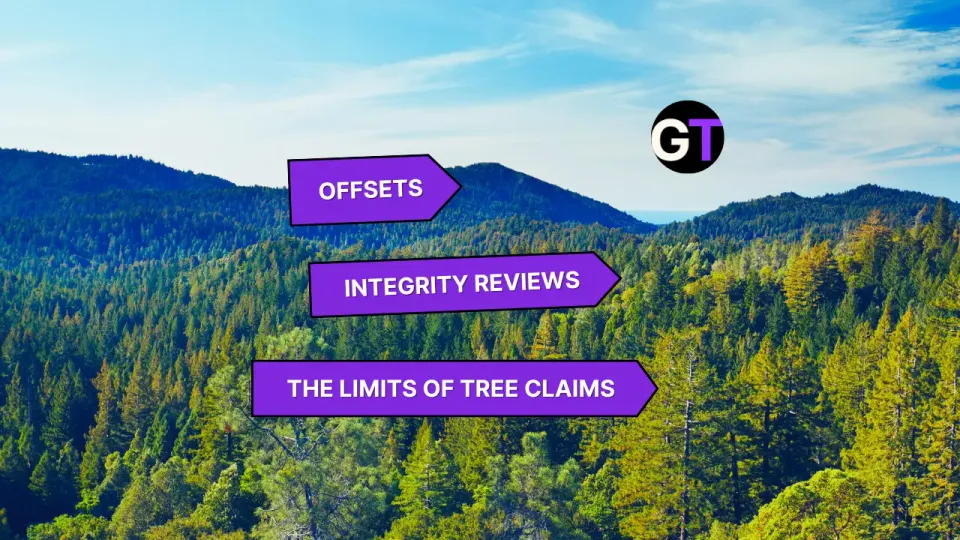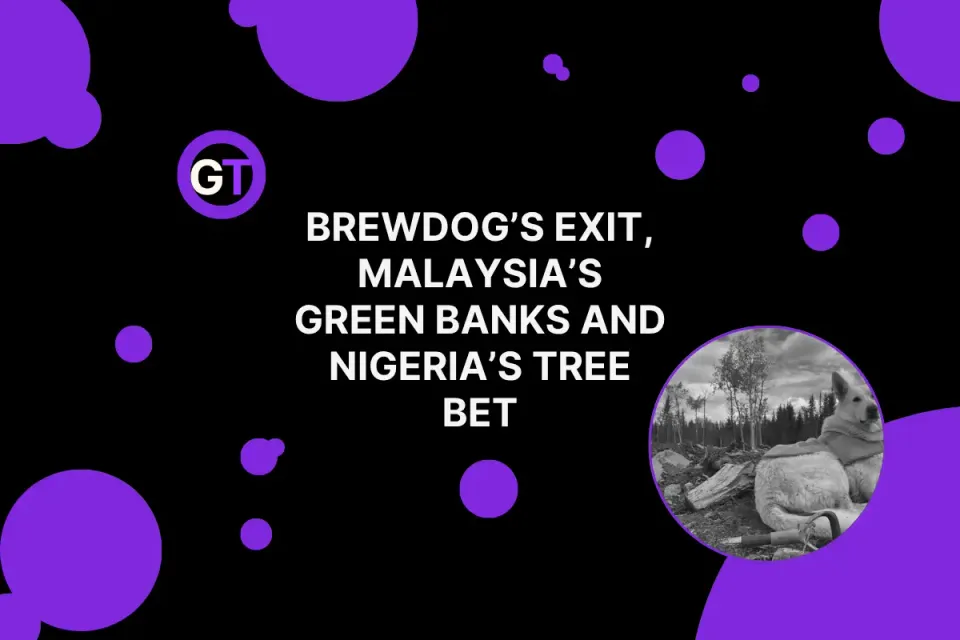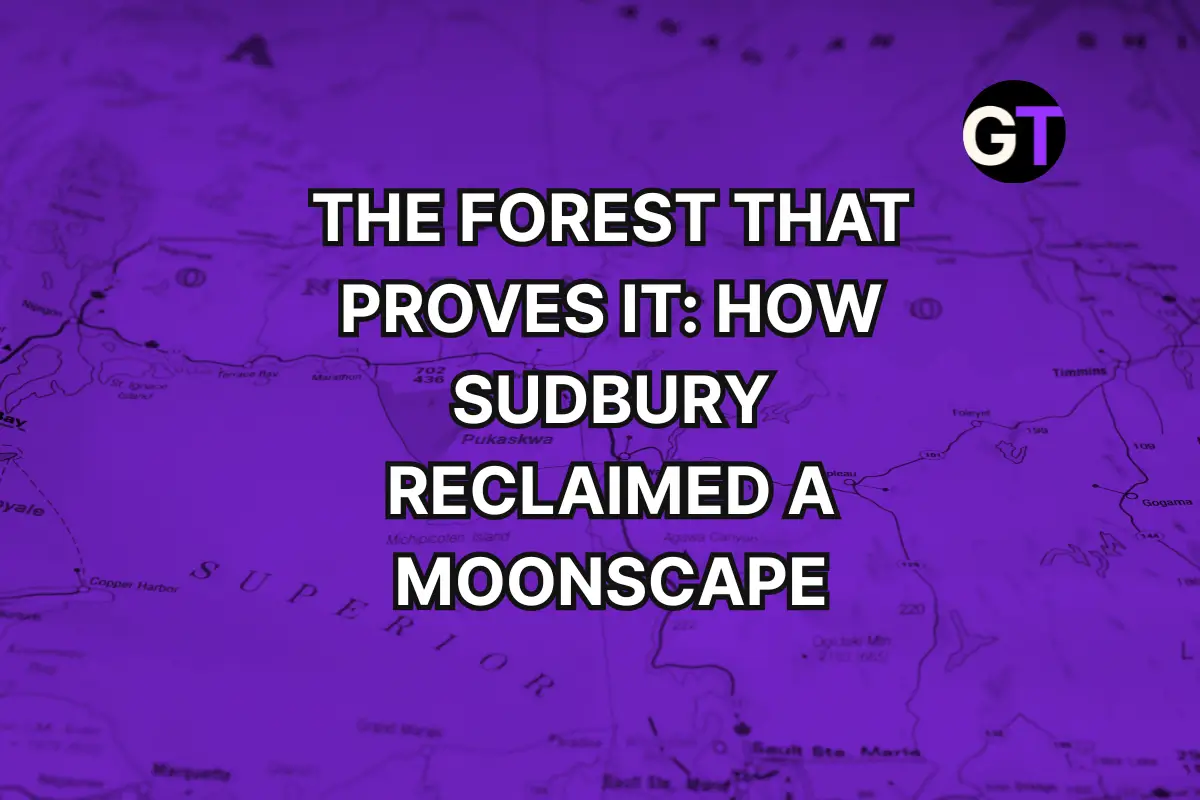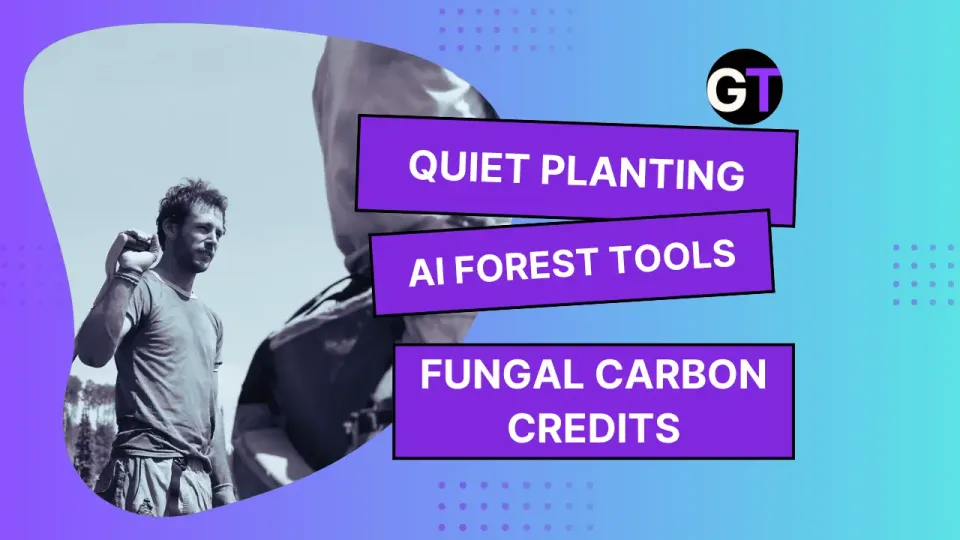Accountability in Restoration: Jouzour Loubnan Interview
Jouzour Loubnan discusses transparency and local engagement in Lebanon's reforestation.
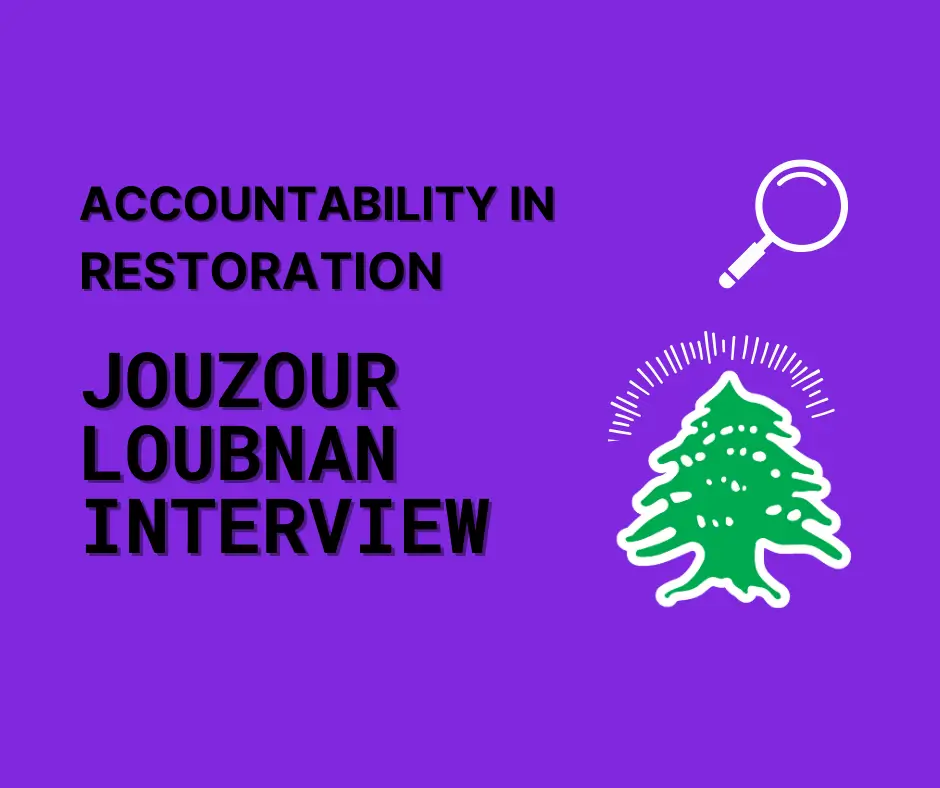
Introduction: Lebanon Reforestation and Seed Sourcing
Transparency plays a critical role in environmental projects, shaping public trust and enabling collaboration. For Jouzour Loubnan, a Lebanese NGO founded in 2008, transparency is not just a principle but a practice integrated into their work.
Specializing in reforestation and ecological restoration, the organization caught our eye by openly sharing its methodologies, results, and even survival rates of planted trees.
Their work goes beyond tree planting. Jouzour Loubnan also focuses on agroforestry, seed conservation, and long-term ecosystem management, combining scientific research with community engagement.
Their seed conservation lab at Université Saint-Joseph de Beyrouth exemplifies this approach, serving as both a research hub and a tool for preserving Lebanon’s native flora.
I first discovered Jouzour Loubnan through Restor.Eco, an open-access platform that maps global restoration projects. Restor allows organizations to share detailed data about their projects, from geolocations and species planted to progress updates and survival rates.

By making this information public, the platform not only fosters transparency but also facilitates collaboration between environmental groups, researchers, and donors worldwide.
Jouzour Loubnan’s inclusion on Restor underscores their commitment to openness and their desire to connect with a global network working toward similar ecological goals.
In this interview with project manager Elie-Nazih Hedwane, we explore the organization’s origins, its efforts to navigate Lebanon’s challenging socio-economic and environmental conditions, and the role transparency plays in driving their work forward.
From the tools they use to the obstacles they face, the insights shared shed light on what it takes to sustain meaningful reforestation efforts in a complex landscape.
Interview with Elie-Nazih Hedwane
Could you start by sharing a bit about your backstory? How did you get involved in the project?
Jouzour Loubnan is a Lebanese NGO that was founded in 2008 with the primary mission of restoring degraded Lebanese lands through reforestation. Today, this mission has evolved to include the ecological restoration and preservation of Lebanese flora, through diversified and sustainable reforestation, as well as implementing agroforestry practices in agricultural lands.
Through research and development, we aim at creating and sharing new and reliable forestry practices. We involve the local communities in the protection and management of our planted sites and forests, engage and encourage citizens and diaspora to support our missions.
Moreover, we have collaborated with the Faculty of Sciences of the Université Saint-Joseph de Beyrouth where our seeds conservation and germination laboratory is located. In this lab, we preserve seeds of endemic flora species in order to germinate them and / or conduct studies on them.
What would you say to those skeptical of nature-based solutions like tree planting? Some believe mitigating climate change must involve these strategies, while others argue that solutions lie in reducing consumption or human population. How do you approach such perspectives?
Nature-based solutions and mitigation strategies for climate change must be combined. Consumption reduction and carbon emissions must be worked on to reduce the impact of climate change as much as possible. Not to forget the importance of climate-change prevention, combined with nature-based solutions.
Could you share some of the key challenges your projects faced? What logistical hurdles surprised you the most?
Reforestation and agroforestry projects in Lebanon face a multitude of complex challenges beyond the physical and environmental. Recurrent conflicts and wars with neighboring countries often disrupt project timelines and compromise the safety of workers and sites, sometimes leading to the abandonment of certain areas for extended periods.
The country’s unstable economic situation also presents a substantial hurdle, with fluctuating costs of materials, transportation, and labor making budgeting and resource allocation difficult. Additionally, government support is minimal, with little to no facilitation or promotion for innovative environmental projects, which leaves these initiatives reliant on NGOs, private funding, and community collaboration.
This lack of governmental backing adds administrative burdens and prevents these projects from scaling or gaining necessary resources and protection. Combined, these factors make implementing reforestation efforts in Lebanon both challenging and resource-intensive, requiring adaptive planning, resilience, and strong local partnerships to ensure project continuity and impact.
#Lebanon 🇱🇧 #biodiversity monitoring😻 @LifeplanProject
— Karl Kharrat (@KarlKharrat) March 15, 2023
By @fs_usj @USJLiban @BciLeb @JouzourLoubnan pic.twitter.com/Vrf8CjaV0C
What tools and techniques do you use for transportation, planting, etc? It seems different from the planting methods I’m familiar with.
For our projects, we rely on trusted local nurseries to supply high-quality seedlings, ensuring they are well-suited to the local environment. These nurseries not only cultivate the seedlings but also coordinate their transportation to the planting sites using trucks. This careful sourcing and delivery process guarantees that the seedlings are healthy and ready for plantation upon arrival.
As for the planting itself, we employ the specialized Jouzour Loubnan plantation protocol, a methodology refined over more than a decade of experience in diverse terrains and climates across Lebanon. This protocol covers every aspect of the plantation process, from preparing the land to planting techniques and irrigation strategies, ensuring that each tree has the best possible conditions to thrive.
This method is both rigorous and adaptive, designed to maximize the survival and growth of trees in Lebanon’s unique ecosystems.
I’d love to hear more about the workers who implement these projects. Are they volunteers? Do they live on-site? How are roles distributed across different stages?
The workforce for these reforestation and agroforestry projects primarily consists of daily-paid workers from the local community. This approach not only helps achieve project goals but also contributes to local livelihoods by providing job opportunities and economic support.
By hiring locally, projects foster a sense of community ownership and long-term sustainability, as the workers often have a vested interest in the success of the environment they inhabit.
Roles are typically distributed based on the stages of the project, from supervision to land preparation and planting to irrigation and maintenance, allowing each phase to be managed efficiently with specialized tasks.
Additionally, young volunteers sometimes join the efforts, helping with tasks and gaining hands-on experience in environmental work. This involvement offers valuable exposure to environmental awareness and inspires them to engage actively in nature conservation.
On the economics - how much does it cost to plant a tree from Lebanon? Does it vary from site to site?
The cost to plant a Lebanese tree typically starts at a minimum of $35 USD for a two-year-old seedling. This price generally covers the entire process, including the purchase of the tree, its plantation, irrigation, and maintenance over a three-year period.
Factors like the size and age of the seedling can influence the price, as larger or older seedlings may require additional resources. The cost remains relatively consistent across different sites; however, certain locations may incur additional expenses if they demand extra attention, such as added protection for the tree, challenging land preparation, or other site-specific adjustments.
Why did you choose to make your project polygons publicly accessible on Restor.Eco? (this is how I found your organization)
We aim at disseminating our work and mission, as well as our results in projects as much as possible. We published our polygons on Restor.eco to connect with other organizations working on similar projects.
Making our project polygons publicly accessible on Restor.Eco also significantly benefits fundraising efforts. By providing transparent, up-to-date information on the scope and progress of each project, potential donors can see exactly where their contributions are going and the tangible impact of their support. This visibility helps build trust and credibility, encouraging more people and organizations to fund our work and sustain long-term efforts.
The platform also connects us with a global network of environmental initiatives, opening opportunities for collaboration, knowledge-sharing, and access to valuable scientific resources that can further improve our projects. Additionally, by showcasing our achievements and methodologies, we can inspire similar efforts worldwide, attracting funders interested in scaling successful reforestation models in other areas.
Ultimately, the public accessibility of our projects on Restor.Eco enhances our accountability, extends our outreach, and amplifies our fundraising capacity, helping us to continue and expand our restoration impact.
بمناسبة اليوم الوطني للمحميات الطبيعية بلبنان، شكراً على جهدكن لتحافظوا على ثرواتنا الطبيعية!#اليوم_الوطني #المحميات #طبيعة #لبنان pic.twitter.com/I4fMPTBuPd
— Jouzour Loubnan (@JouzourLoubnan) March 10, 2023
Do you think the current landscape of carbon credits, reforestation, and nature-based solutions is facing credibility issues? How do you see projects like yours - which disclose A LOT of valuable information - fostering transparency and optimism in this space, especially given rising climate anxiety?
Yes, the landscape of carbon credits, reforestation, and nature-based solutions does face credibility issues, particularly in regions like Lebanon where there is a significant lack of data, research, and formal frameworks around carbon credits. The Lebanese context highlights these gaps, as the country lacks established methodologies and studies to accurately measure and certify carbon sequestration efforts.
This absence of data and credible standards can lead to skepticism, making it harder for projects to gain support or attract sustainable funding through carbon markets. However, by disclosing extensive information on relevant platforms, projects like ours bring a new level of transparency and accountability to this field.
Sharing detailed data on project progress, techniques, and environmental impact allows the public, stakeholders, and potential funders to monitor and trust the work being done.
This openness not only builds credibility but also fosters a sense of optimism and engagement in the community. As climate anxiety grows, particularly among younger generations, transparent and data-backed projects in Lebanon can provide a hopeful example of real, measurable action, showing that reforestation and nature-based solutions can be effective tools for environmental restoration and climate resilience.
Do you find your transparency helps with raising awareness, and attracting partners?
Yes, definitely. Transparency is key to finding partners and educating citizens.
Are there any aspects of quality tree planting or conservation projects that you feel are underappreciated by the public?
Yes, and to name a few: first, the monitoring and long-term maintenance of the seedlings we plant in the designated sites, such as watering, enclosures to protect them from grazing. Maintaining these trees is a process that is as important as planting them.
Second, the ecological aspect, health of the soil and the suitability of the plants to their new habitats (the plantation sites), and the efforts to prioritize a diverse restoration, as this is crucial for the long-term success of our conservation projects. It is important to select the right species for the ecosystem, rather than focus on the numbers planted.
Third, the importance of involving citizens from the local community is often overlooked. This act fosters a sense of responsibility, and encourages the local people to become invested, to monitor and look after the sites.
Fourth, we emphasize on the need to have a diverse tree cover of different species and ages, to support a wide range of ecosystem services. Not to forget the negotiations and agreements for protecting areas or planting in protected areas, as they tend to take a lot of time.
Finally, securing long-term resources for monitoring, planting and maintaining our sites is an aspect that can be also underappreciated.
I’d like to ask about your seed collection program. Is it purely academic? Or is it a serious industrial effort to collect as much seed as possible to plant trees all over Lebanon?
We focus on collecting seeds of different endemic and endangered / rare species from the Lebanese flora. These seeds are preserved in our seed bank in order to be genetically studied later on, and to develop germination protocols. We have developed numerous protocols to germinate seeds of native and endangered plants.
Many of these protocols and studies related to these seeds are accessible to the public via Lebanon Biodiversity , but the seeds collected in our seed bank are for long-term preservation; they are neither for sale nor for giving away.
We try to diversify our accessions as much as possible, even under harsh conditions like the current war. These seeds are also used as educational material for citizens of all ages (from primary to highschool, all the way to university).
Does the planting mostly take place on private land or public land?
The planting for reforestation projects primarily takes place on public land, often in partnership with local authorities, to restore and protect ecosystems on a larger scale. These collaborations help ensure that the projects align with regional environmental goals and contribute to public resources.
For agroforestry projects, planting generally occurs on public land as well, but with a focus on community-based efforts to enhance land productivity and ecosystem services.
In cases where the agroforestry projects aim to support small farmers, the planting may take place on private land, providing them with the resources and guidance to implement sustainable practices that improve both their livelihoods and the environment.
This flexible approach allows the projects to address a wide range of ecological and socio-economic needs across both public and private landscapes.
I really like that you publish survival rates! I’m just curious to learn more about how that’s assessed in Lebanon (I used to do this commercially in Canada).
We usually record the number of seedlings / trees that were planted during one particular year in our sites. We record any mortalities that have occurred and recount the total number of trees that have survived and thrived (new shoots). Then we calculate the percentage of surviving trees, which constitutes our survival rates.
In Lebanon, we’re not entirely sure how survival rates are assessed across the board, as each entity may have its own method. However, at Jouzour Loubnan, we follow a rigorous approach to monitoring tree survival rates.
We conduct close-up assessments with manual counting of trees during two key periods: in the spring, after the harsh winter weather has passed, and in the autumn, after the summer heat waves, just before the first rains.
These times are critical for assessing how well the trees have withstood extreme weather conditions, both cold and hot, which can significantly affect their survival. By checking the trees at these points in the year, we can ensure a thorough evaluation and take any necessary corrective actions to improve survival rates for the next cycle.
Edited by Chris Harris

This work is licensed under a
Creative Commons Attribution 4.0 International License.
